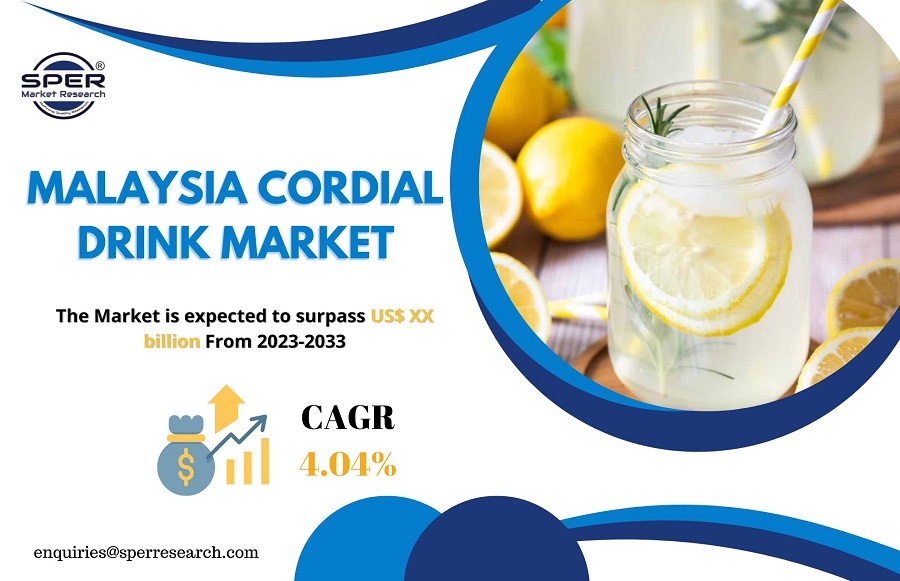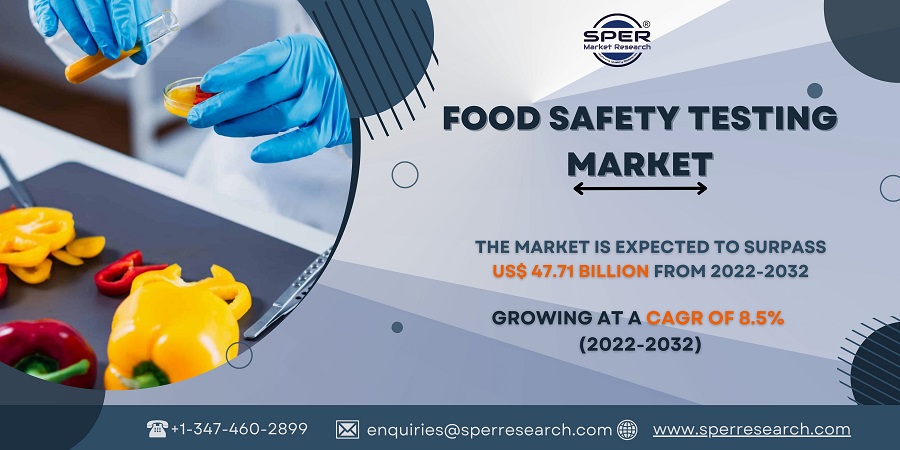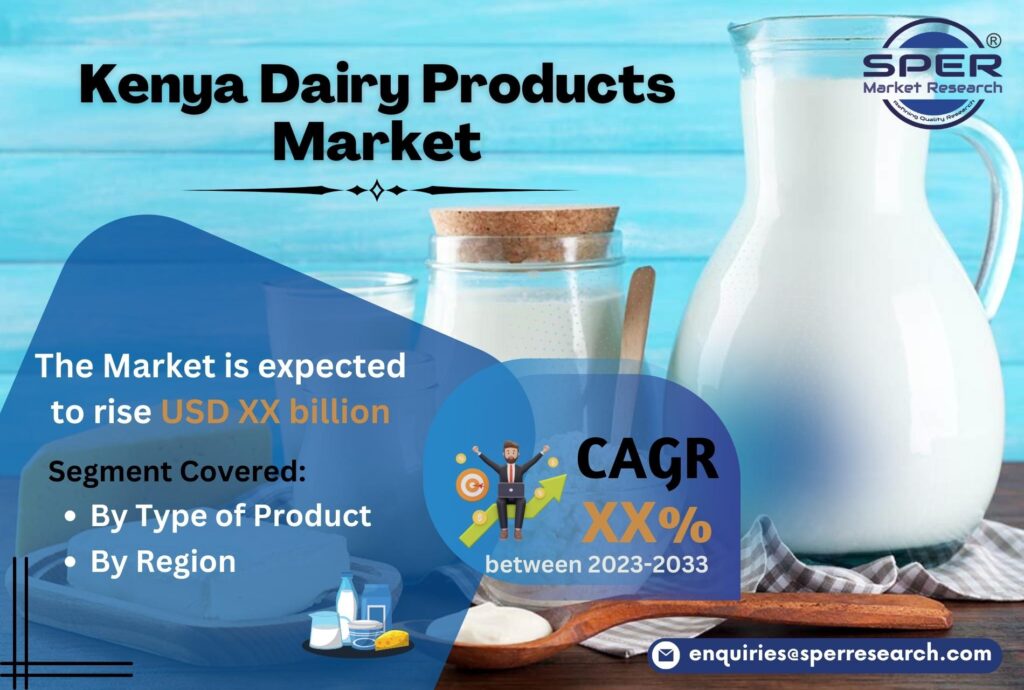Betaine is a neutral chemical substance that occurs naturally and serves as a pro-vitamin component. It can be found in various natural sources such as sugar beet, shellfish, cereals, and plants. The primary purpose of betaine is to alleviate body degeneration, promote healthy metabolism, and address muscle weakness. Additionally, betaine is known to enhance physical performance, including muscle endurance, power, and strength. It finds application in industries such as food, beverage, feed, and pharmaceuticals. The global betaine market is expected to grow due to the rising demand for nutritive food products and health supplements.
According to SPER market research, ‘Betaine Market Size- By Nature, By Product Type, By Applications, By End User- Regional Outlook, Competitive Strategies and Segment Forecast to 2033’ state that the Betaine Market is predicted to reach USD 8.39 billion by 2033 with a CAGR of 6.28%.
Numerous reasons are driving the global betaine market’s growth and rise. The first factor is that customers’ concerns about their health and wellness are growing, which is increasing demand for natural and organic ingredients in a variety of industries. Due to its natural sourcing from plants and animals, betaine fits into this trend and is sought after for its purported health benefits. Another driving force is the expansion of the sports nutrition and dietary supplement sectors. The ingredient betaine, which improves athletic performance and muscle strength, is typically found in these products. The growing acceptance of sports and energy beverages contributes to an even greater requirement for betaine as a component.
The market for betaine does, however, also have some issues that must be resolved. The scarcity of raw materials is one of the difficulties. The production and availability of betaine may be hampered by supply issues with sources like sugar beets and shellfish, which are sources of betaine. Additionally, it is projected that the increased demand for alternatives such DL-Methionine and Dimethylthetin across many end-use sectors may restrain market growth over the projection period. For broilers, DL-methionine is used to boost weight and enhance performance. The market for diet replacement products is heavily contested by these alternatives.
Request For Free Sample Report @ https://www.sperresearch.com/report-store/betaine-market.aspx?sample=1
In addition, The COVID-19 pandemic had an effect on the global market for betaine, causing disruptions in a number of businesses. Demand and production fell as a result of the lockdown procedures and supply chain disruptions, which had a negative impact on the market. The distribution and accessibility of items containing betaine were significantly impacted by the restrictions on commerce and travel. However, the market is anticipated to restore its pace and see development in the post-pandemic period as limitations are gradually loosened and economies gradually recover.
Geographically, due to the rising demand for betaine in numerous industrial sectors, including deicers and detergents, North America occupies a significant position in the global betaine market. On the other hand, Asia-Pacific is anticipated to witness rapid growth, driven by the rising consumption of dietary supplements and health drinks, along with the expansion of the food and beverages industry in the region.
Betaine Market Key Players:
The market study provides market data by competitive landscape, revenue analysis, market segments and detailed analysis of key market players such as; AMINO GmbH, BASF SE, Dow, Evonik Industries AG, Kao Corporation, Merck KGaA, Nutreco, Solvay, Stepan Company, Sunwin Biotech Shandong Co., Ltd.
Betaine Market Key Segments Covered
The SPER Market Research report seeks to give market dynamics, demand, and supply forecasts for the years up to 2033. This report contains statistics on product type segment growth estimates and forecasts.
By Nature: Based on the Nature, Global Betaine Market is segmented as; Natural Betaine, Synthetic Betaine.
By Product Type: Based on the Product Type, Global Betaine Market is segmented as; Betaine Anhydrous, Betaine HCl, Betaine Monohydrate, Cocamidopropyl Betaine.
By Applications: Based on the Applications, Global Betaine Market is segmented as; Animal Feed, Detergent, Dietary Supplements, Food & Beverages, Personal Care.
By End User: Based on the End User, Global Betaine Market is segmented as; Cosmetics, Food and beverage, Nutraceuticals, Personal care, Pharmaceuticals.
By Region: This report also provides the data for key regional segments of Asia-Pacific, Europe, Middle East and Africa, North America, Latin America.
For More Information, refer to below link:-
Betaine Market Research Report
Related Reports:
Follow Us –
LinkedIn | Instagram | Facebook | Twitter
Contact Us:
Sara Lopes, Business Consultant – USA
SPER Market Research
+1-347-460-289974









